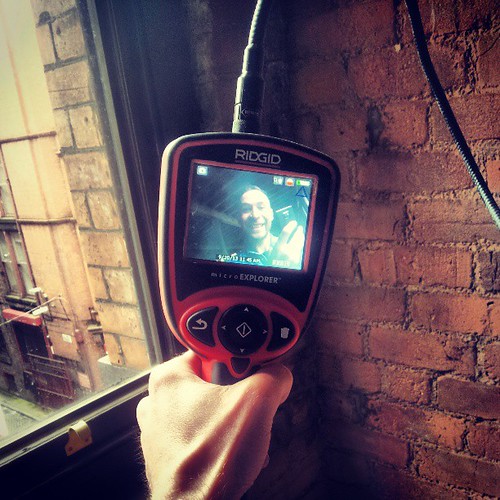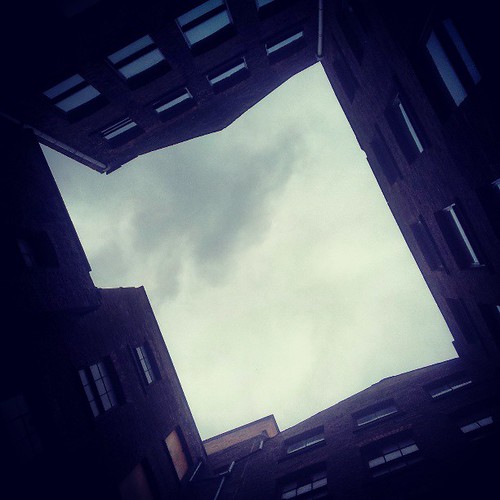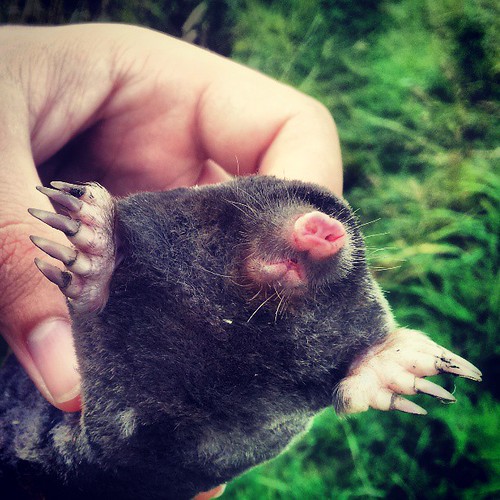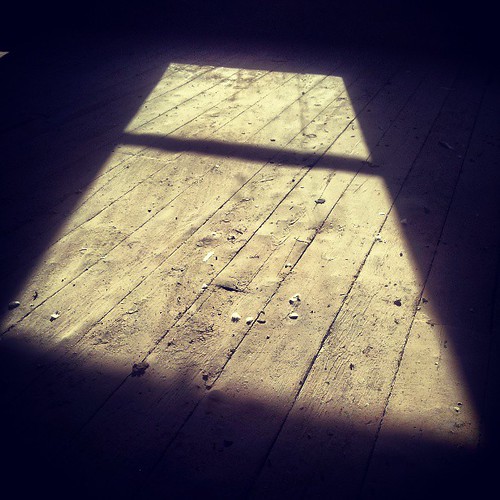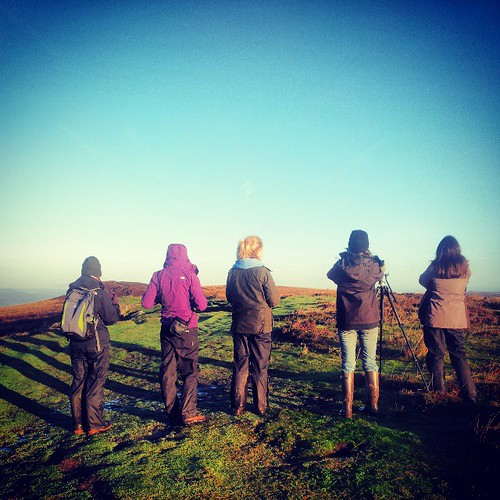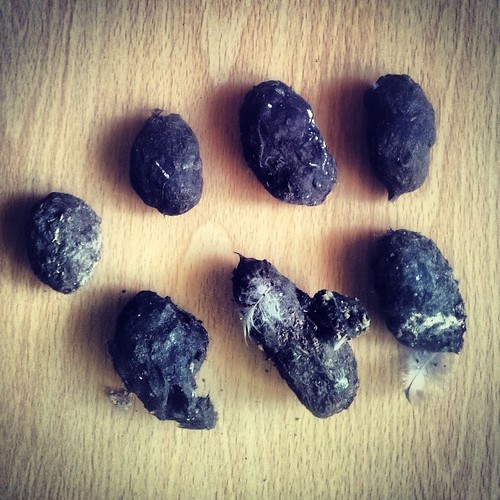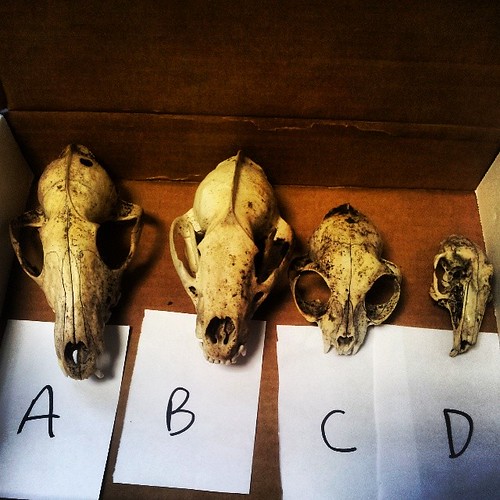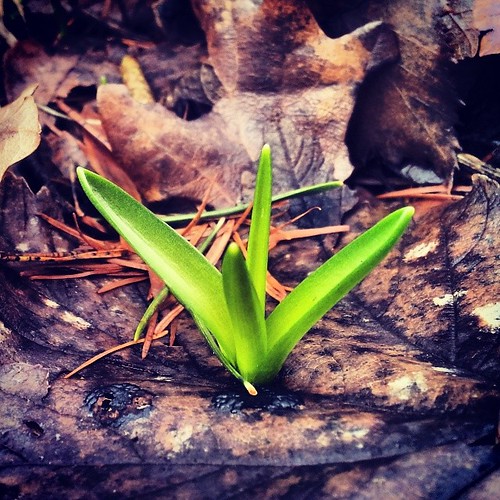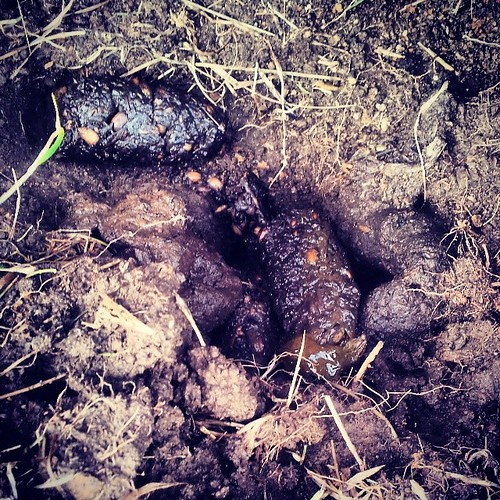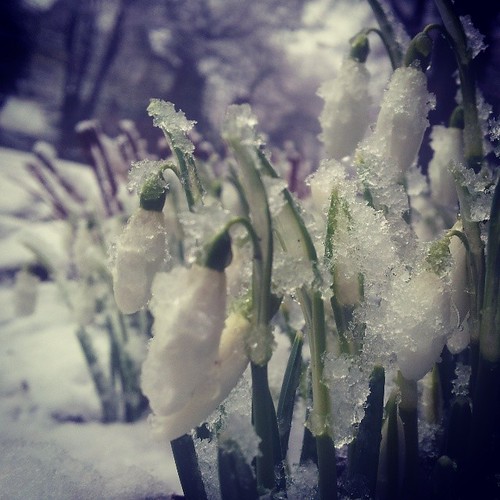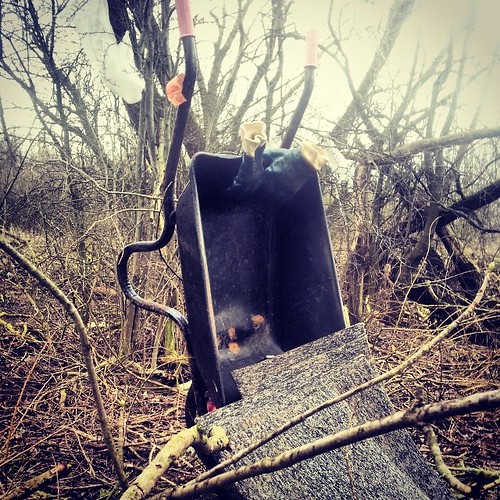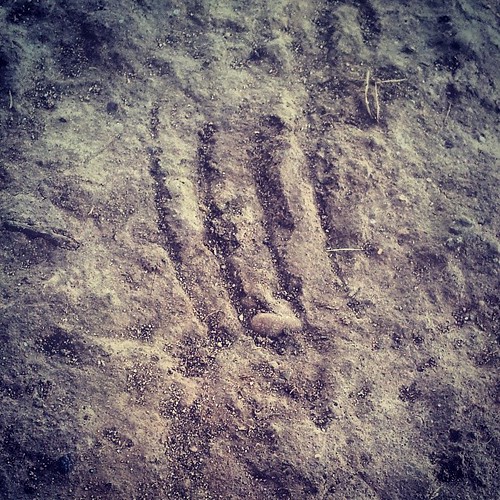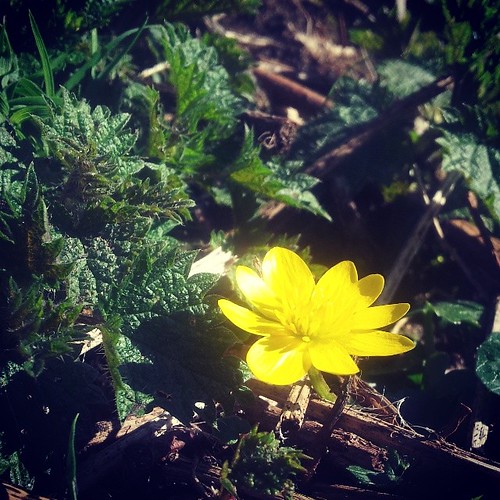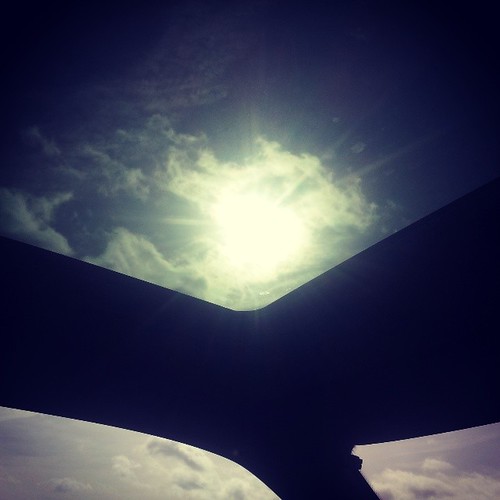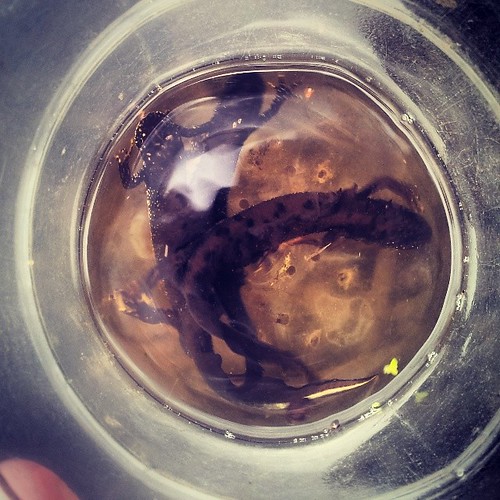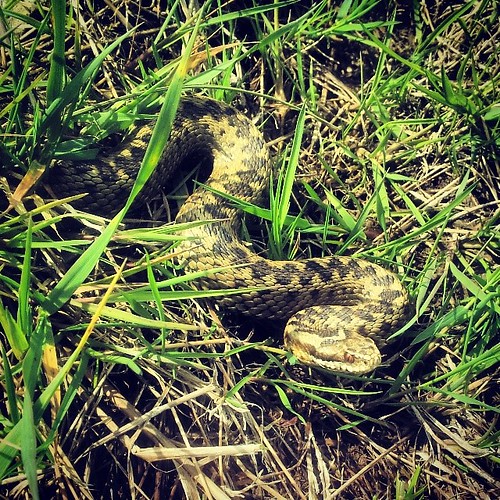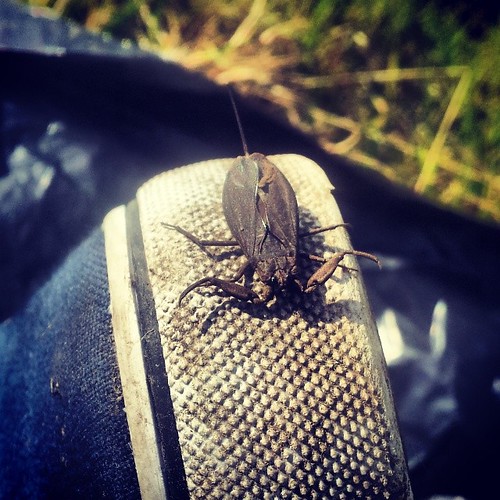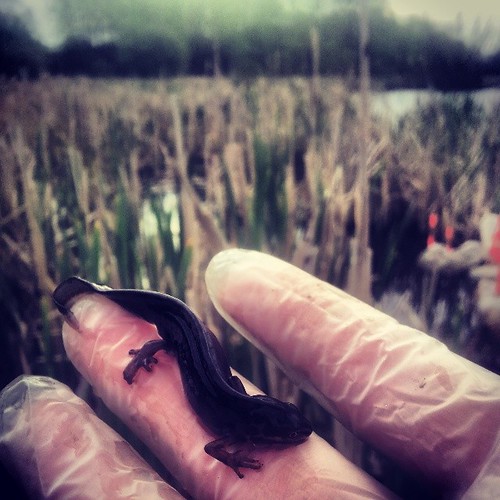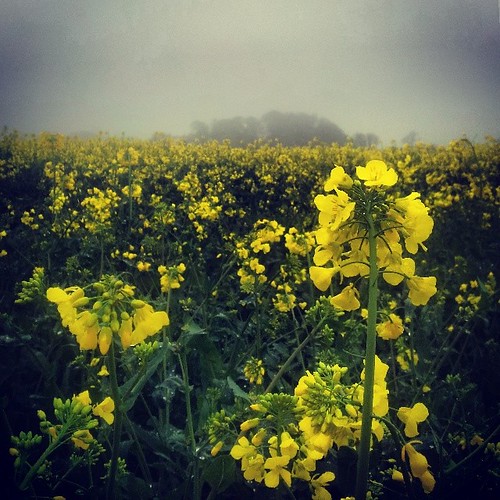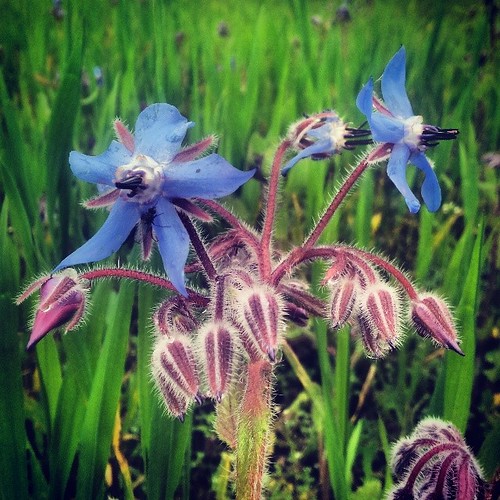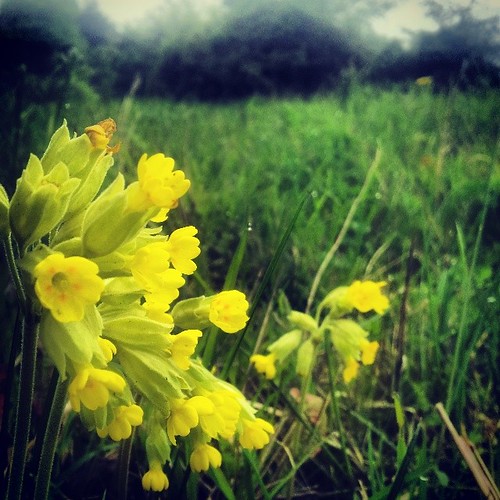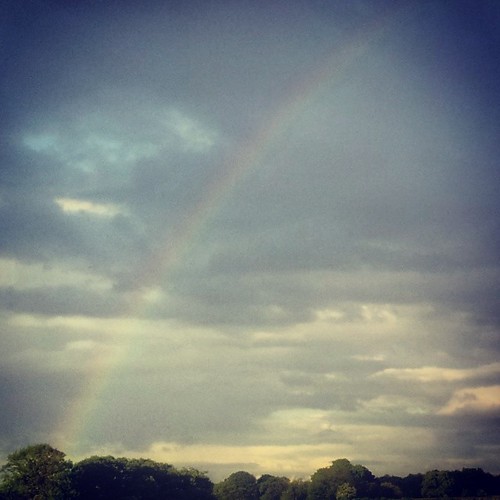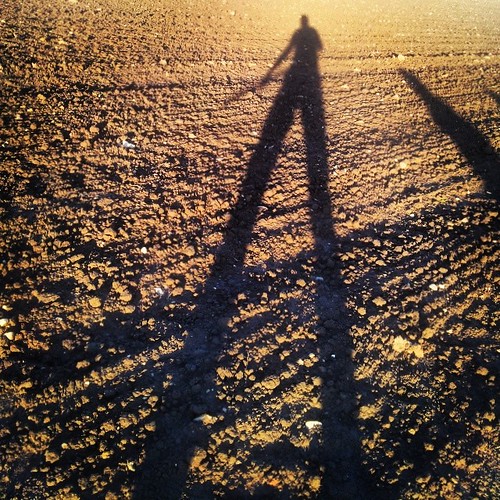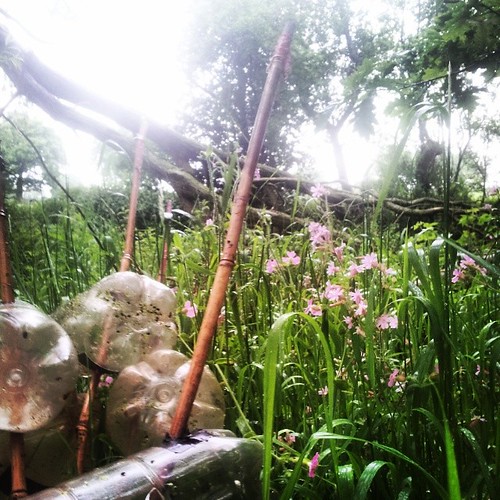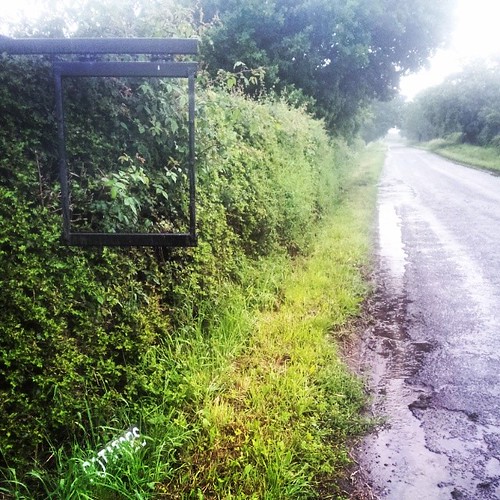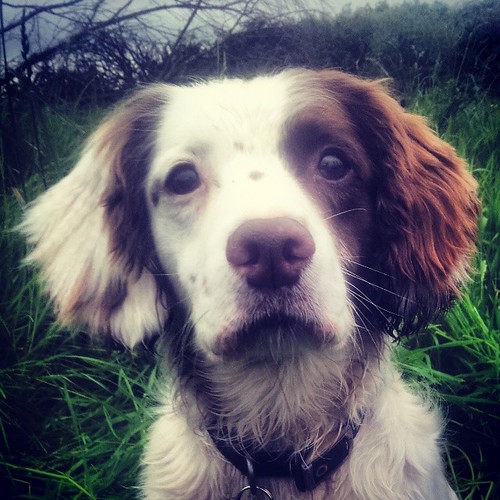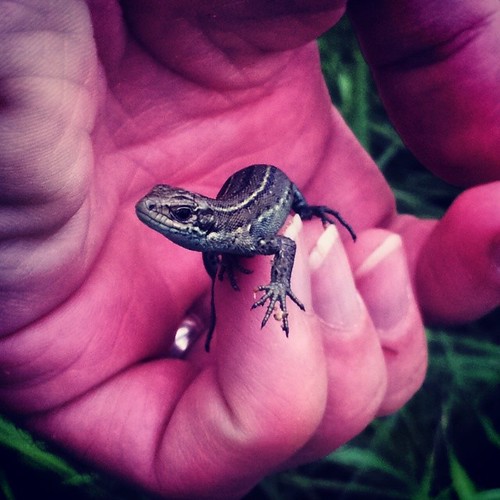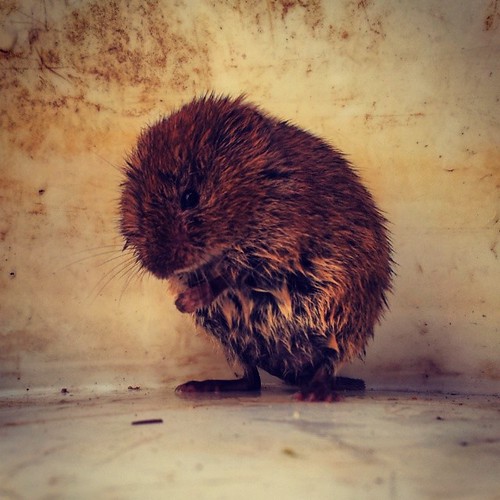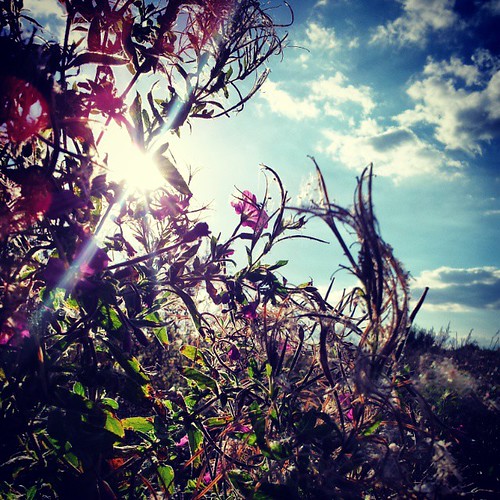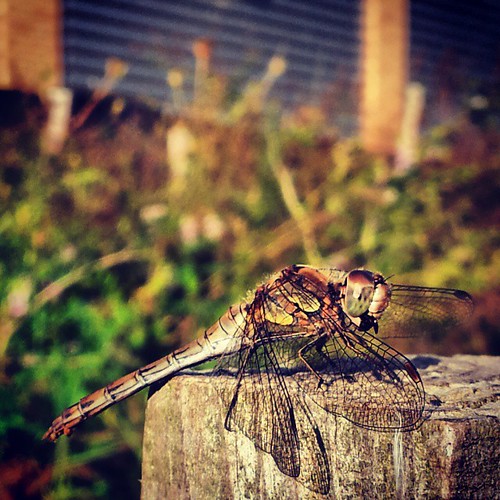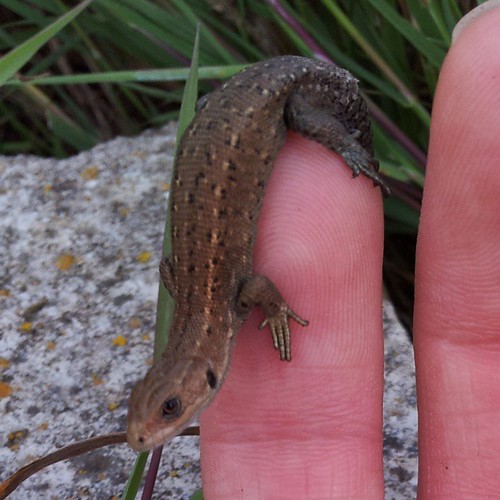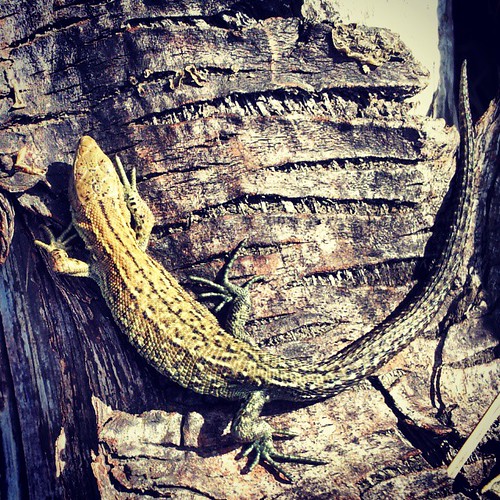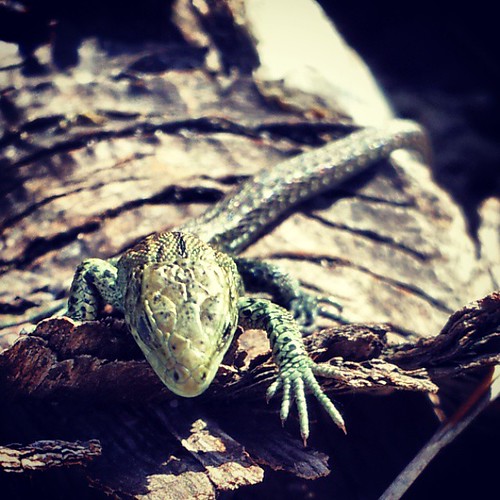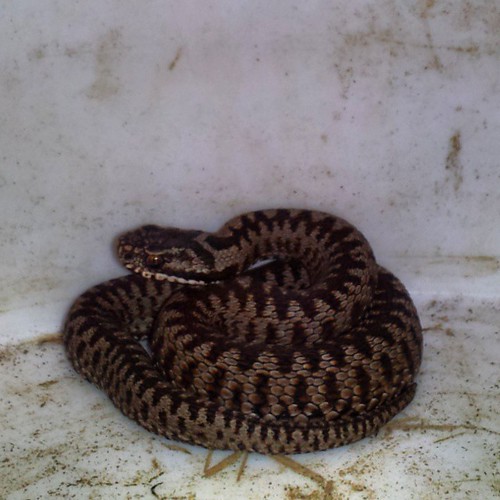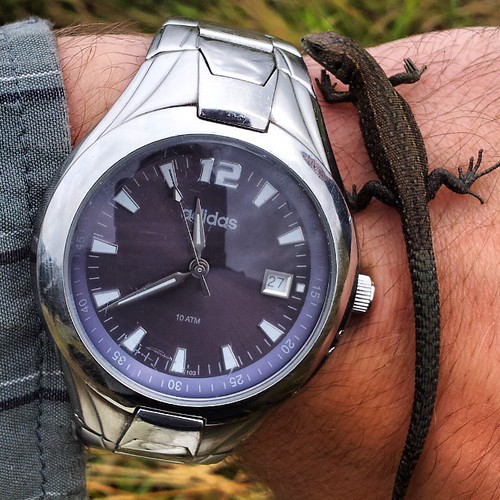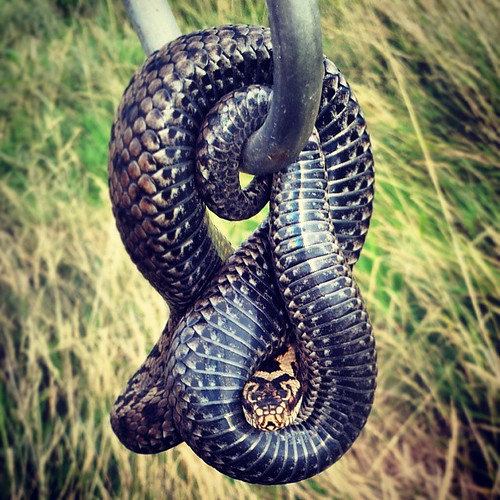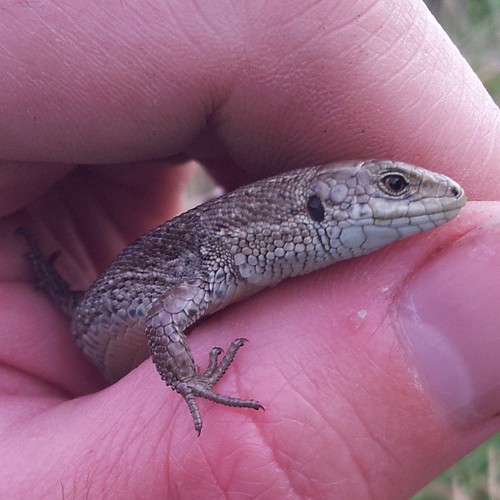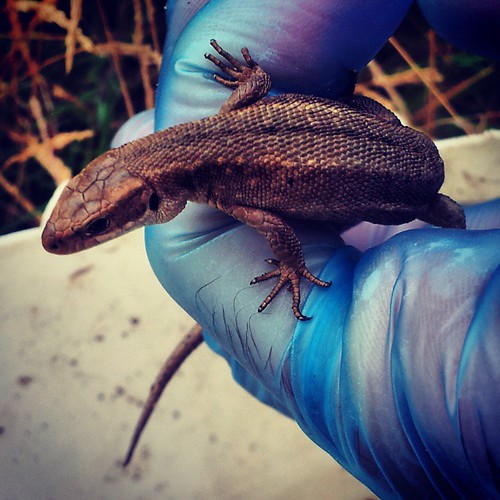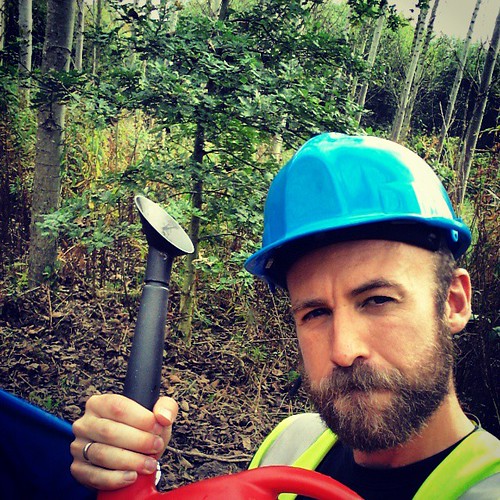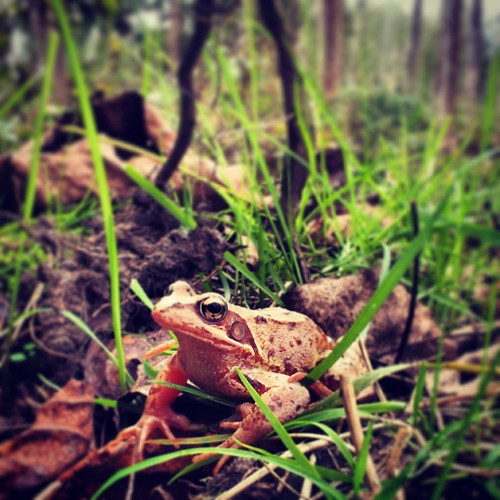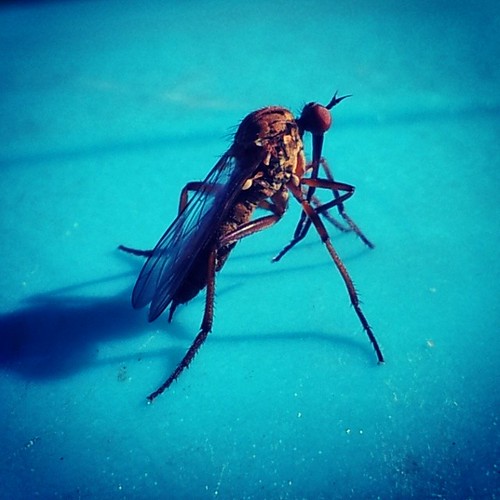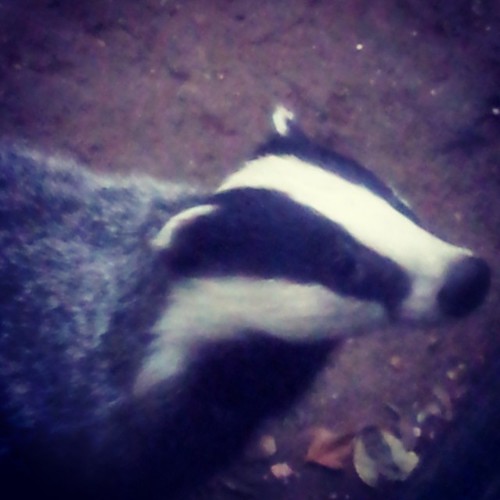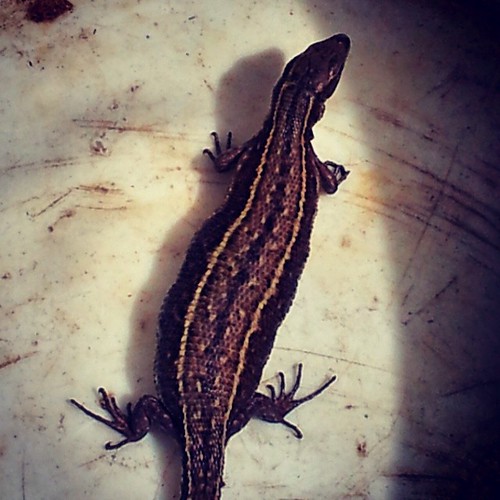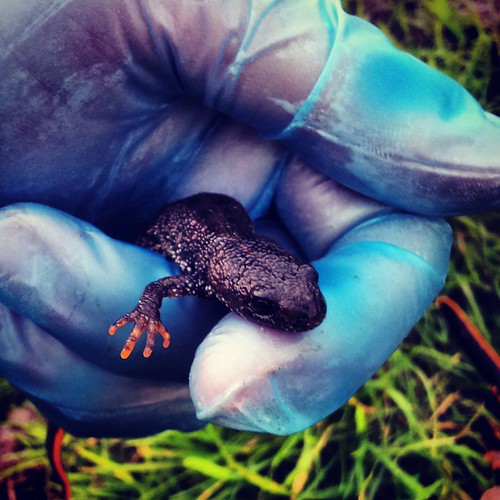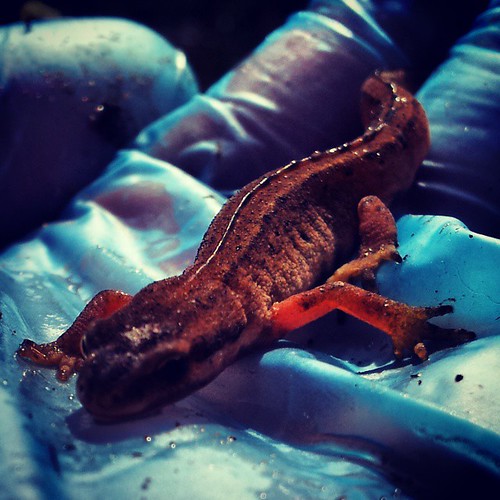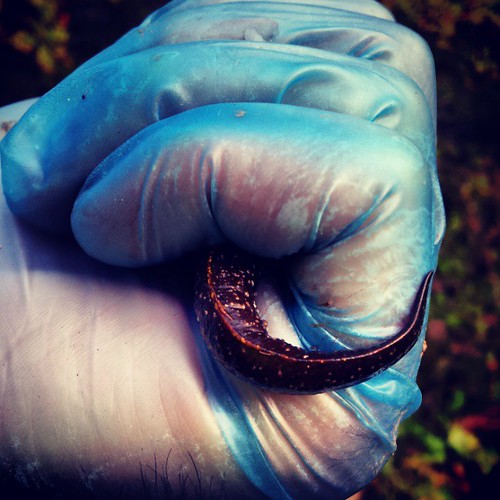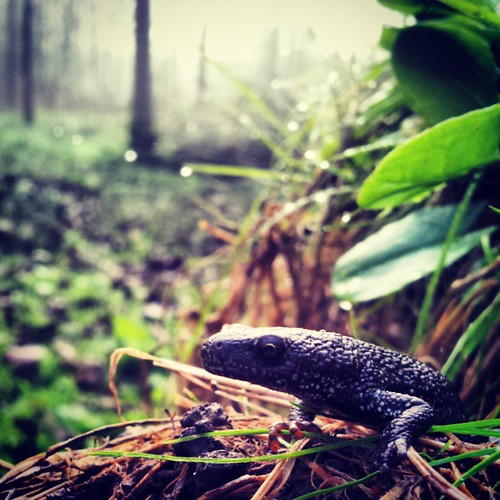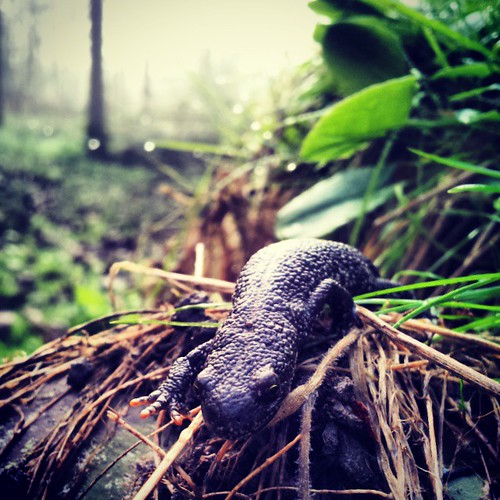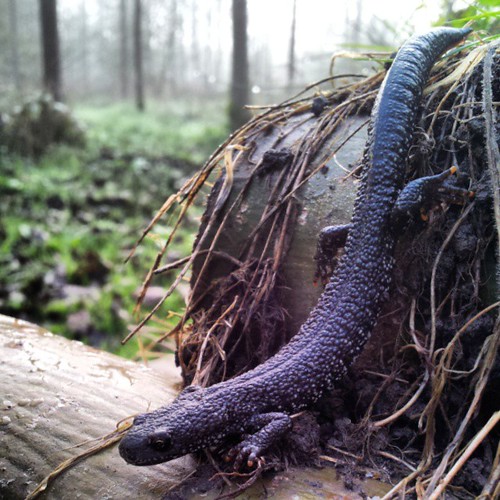More on vegetative plant identification. A useful stumbling block…
Attempt #3. Great Willowherb.
Keying out a dandelion and petty spurge using The Vegetative Key to the British Flora been reassuringly straight forward. I was feeling confident (cocky), so when I saw this growing in a wet ditch while out on a job I thought I’d have a bash at it…
That picture doesn’t show it very well but it was growing out of a water body. I had it in my mind that it was therefore going to be an aquatic plant. I don’t know my aquatic macrophytes very well so for all I knew it could be a young bog bean, marsh marigold etc.
The key took me through the following features (my descriptions below are not always direct quotes from the key):
- Leaves simple
- Leaf margin toothed
- Leaves alternate. This took me to KEY N
- It’s a herb
- Stipules absent
- Latex absent
- Leaves with hairs all simple or hairless
- Leaves with pinnate or palmate veins
- Petiole developing 1-2 hollows (Ranunculaceae) Key RAN. So now I’m thinking maybe it will be marsh marigold though if I’d looked at a photo I’d have realised straight away I was wrong, the leaves are totally different.
- Leaves lanc to ovate, not orb, unlobed but weakly toothed.
Here is where I knew I’d gone wrong. I spent some time trying to convince myself that that the leaves could be described as lanceolate to ovate but they just aren’t! They are obovate if anything. I was seduced by the weakly toothed bit making it hard to let it go. You brain likes to latch on to a bit that works in a plant description making you blind to all the other bits that don’t.
So there’s lesson one: Don’t ignore the descriptive elements you don’t like. If it’s wrong it’s wrong.
Next it all kinda fell apart as these things sometimes do when you get stuck. I misread an early line of text and convinced myself I should have answered yes to:
- Plant with submerged or floating leaves. Key E
Lesson two: Always read the key carefully and make sure you’ve understood it before moving on.
I started again and after a while trying and failing I admitted defeat and asked Miranda what it was. She took one look at it and said: “It’s great willowherb”. My heart sank. Oh yeah, I thought. “But it was growing in water” I said. “Yeah it often does” she said. “Oh”. I set about reverse engineering the key so I could see the route I should have taken.
It seemed to me that I would have needed a stem to use The Vegetative Key. I had another go using a young willowherb growing in my garden and again became stuck without a stem…
I consulted my favorite social media resources to check I was right. The BSBI on Twitter, and the ever obliging folk of Facebook’s Wild Flowers of Britain and Ireland group confirmed my suspicions. I asked Sarah whether she had any advice on getting further than ‘willowherb sp’ with plants this size. Her advice was: “I’d walk on by…willow herbs are a really tough group, they also hybridise, and doing them vegetatively is tough enough without doing rosettes.”
Lesson three: You need a stem to identify willowherbs using The Vegetative Key.
The next day I was working in North Wales. I’d been rummaging around in some woods and was on my way back to the van, parked in a lay-by on a country road. I looked into the roadside ditch as I walked along and saw lots of young great willowherb (Epilobium palustre) growing there…
Lesson four: Mistakes and failures can be every bit as useful as simple successes.
It took more than the key on its own to get there but knowing a species at every stage of it growth is so useful.
Thanks for reading. I hope you’ve found it useful or at least reassuring. Onward and upwards! More to follow…

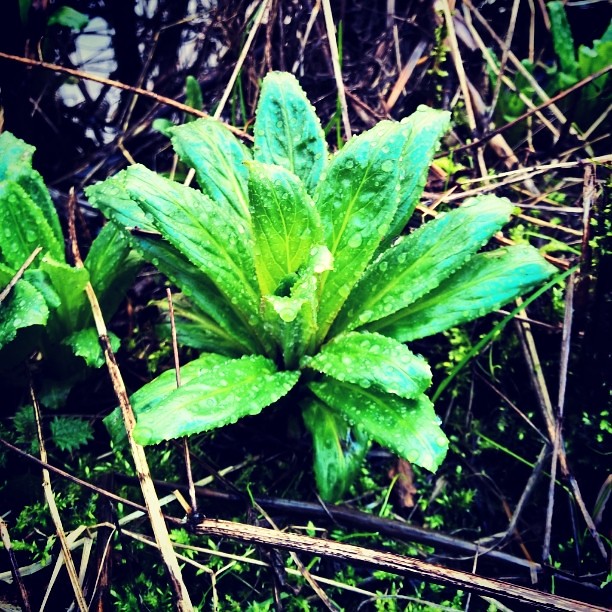


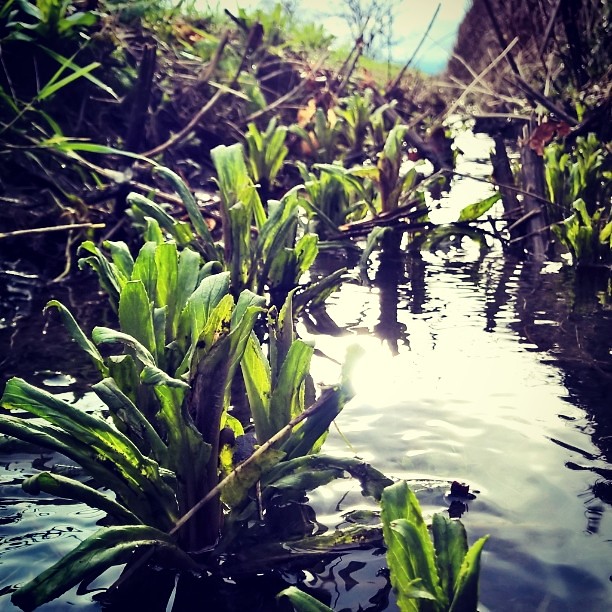
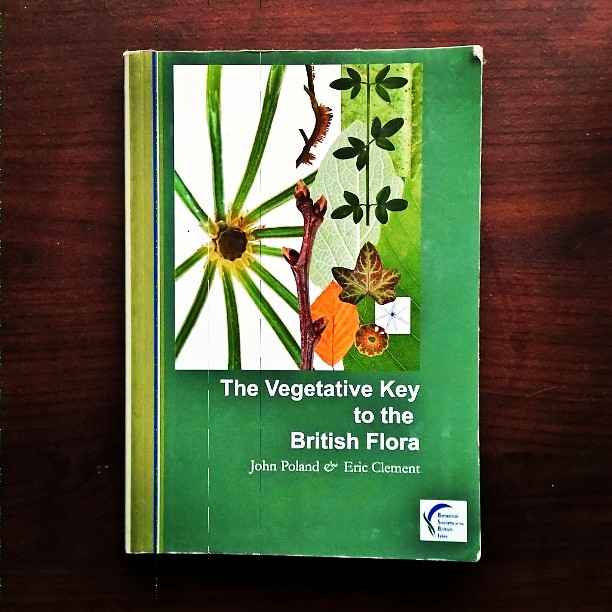
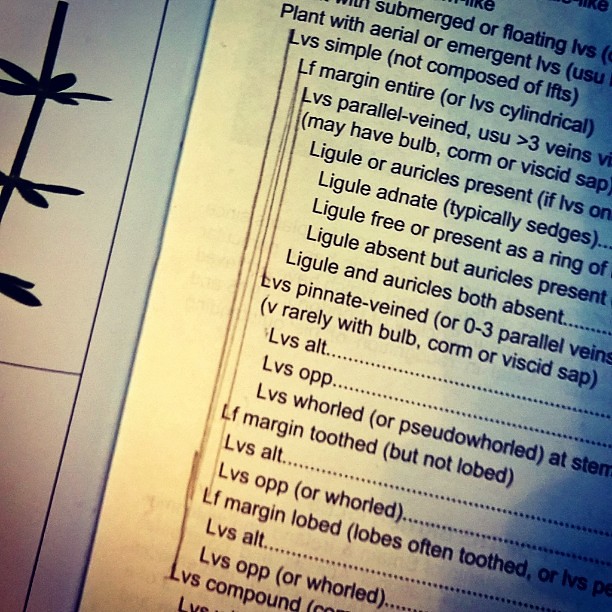
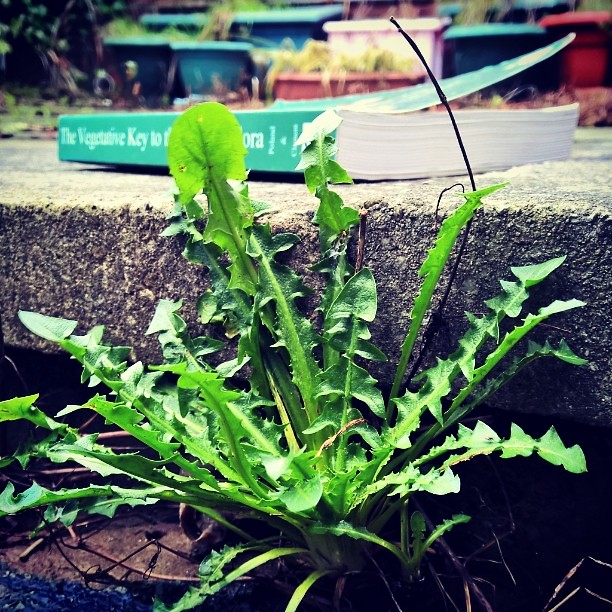
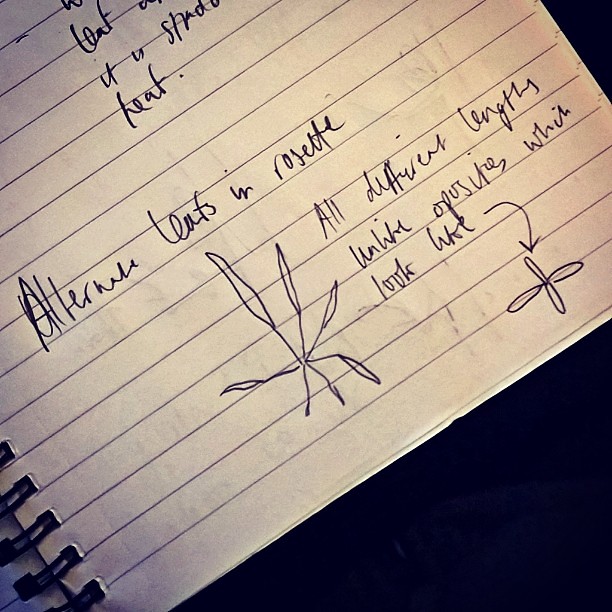
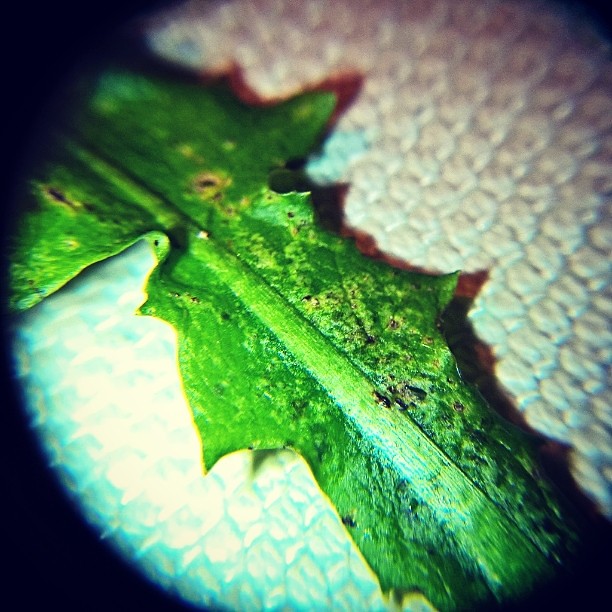
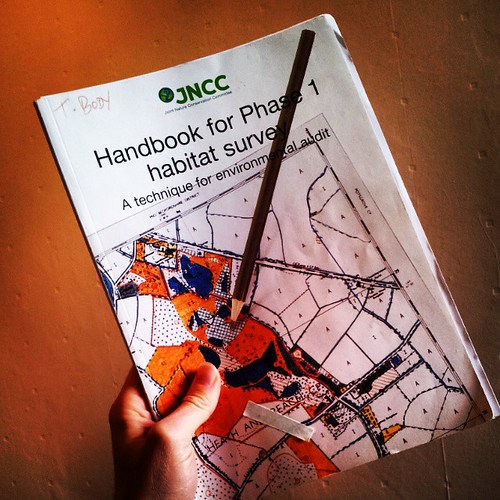
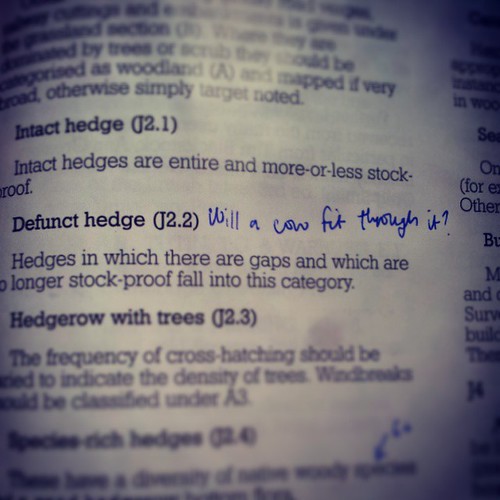
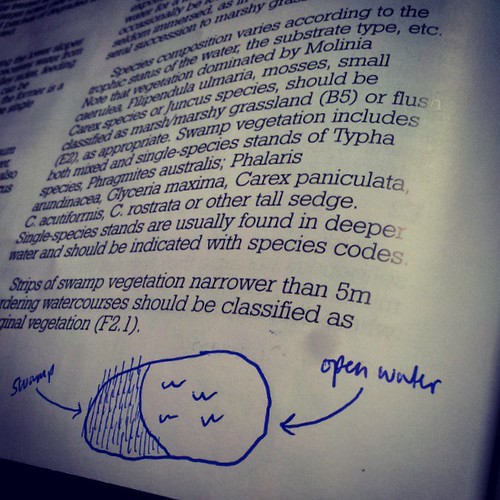



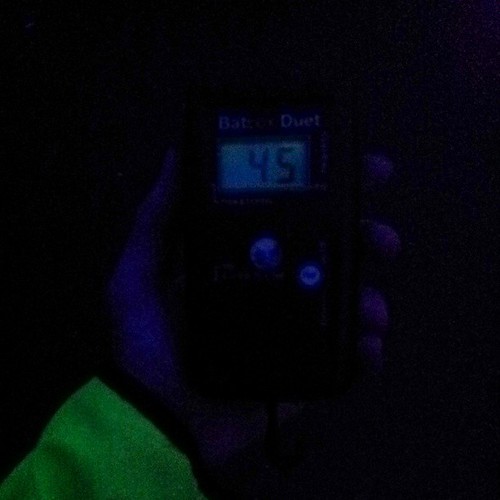
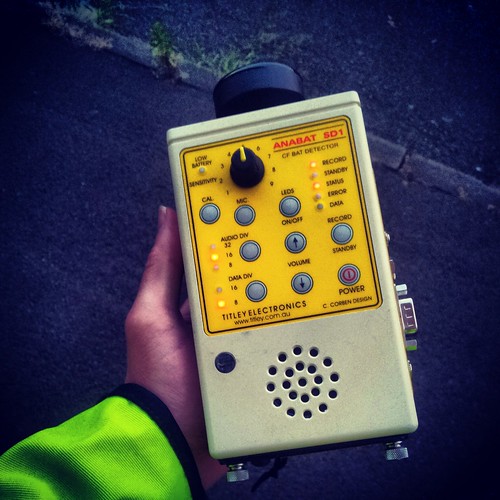

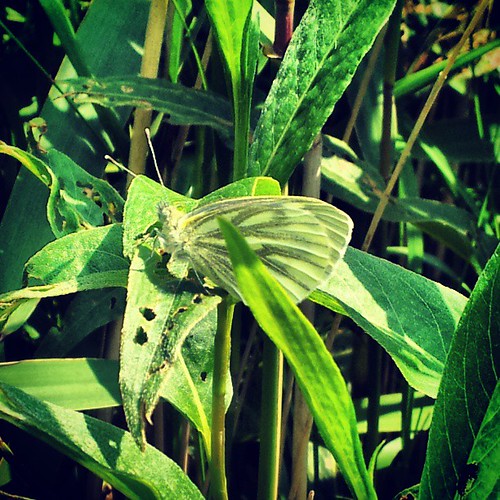
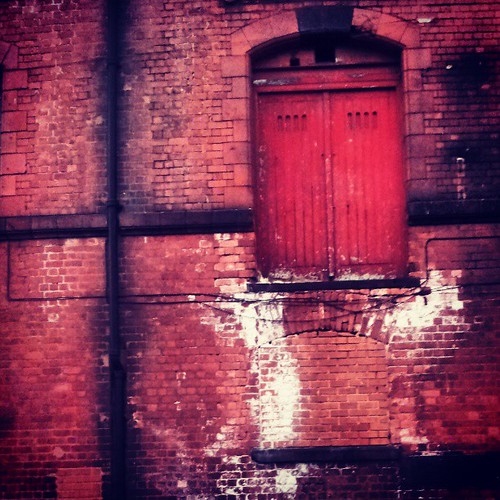
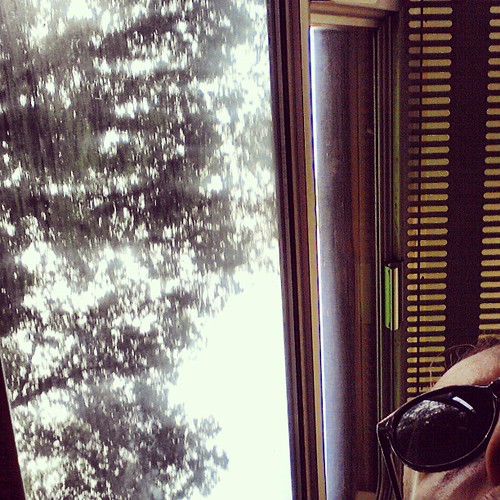
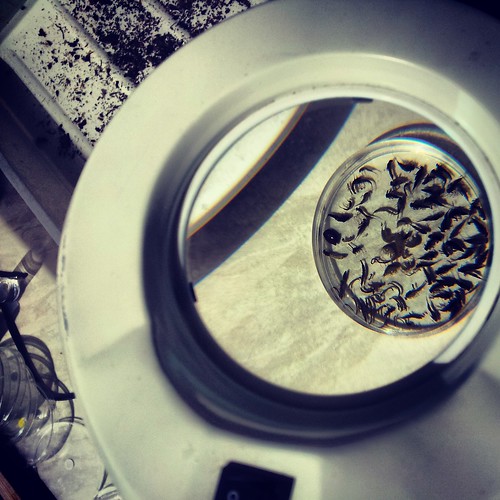



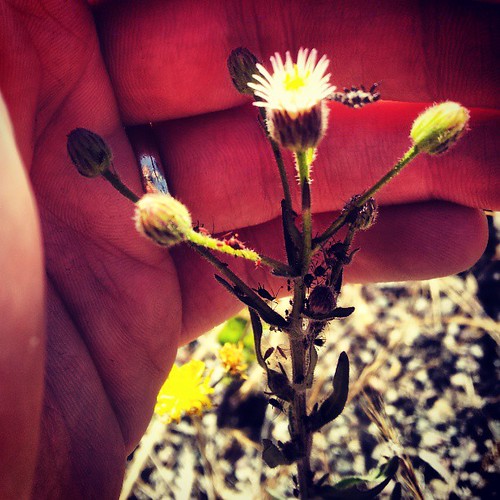
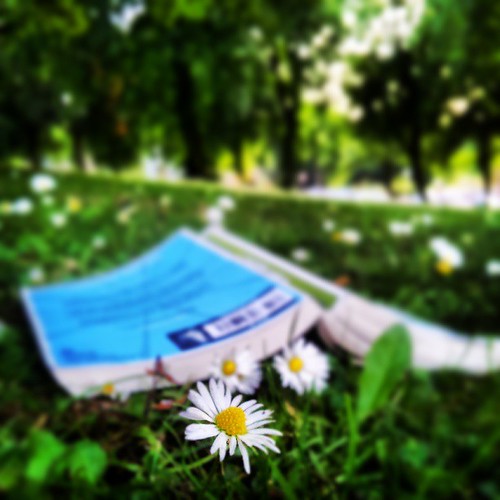
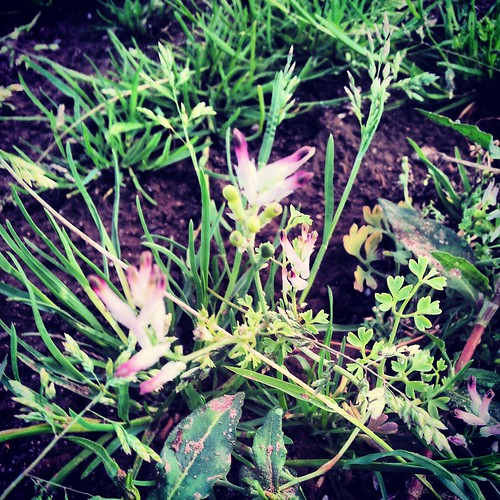
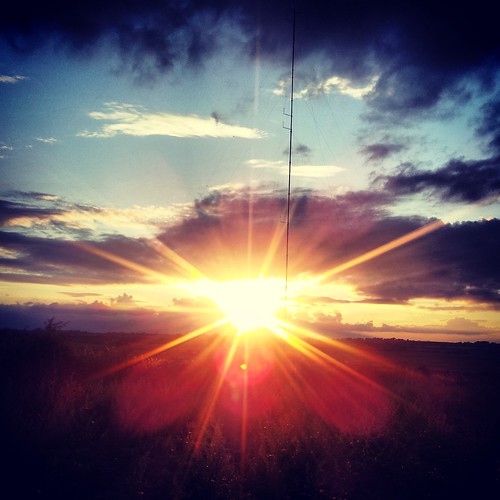
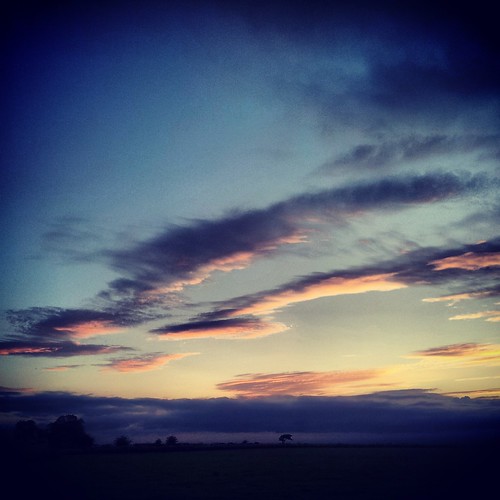
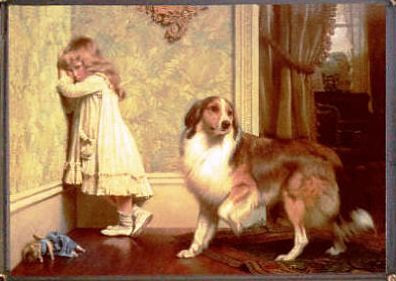

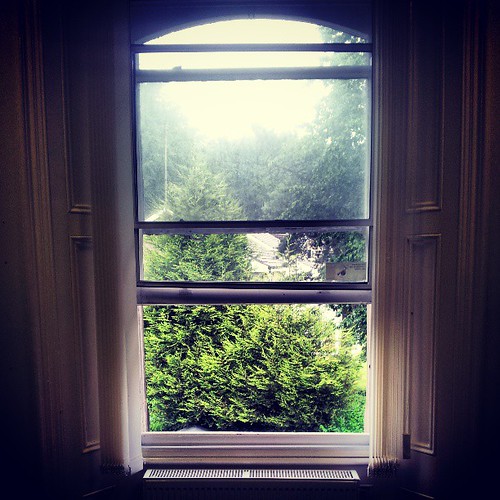
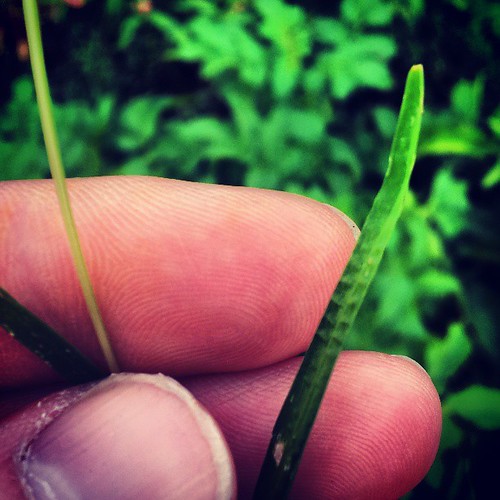
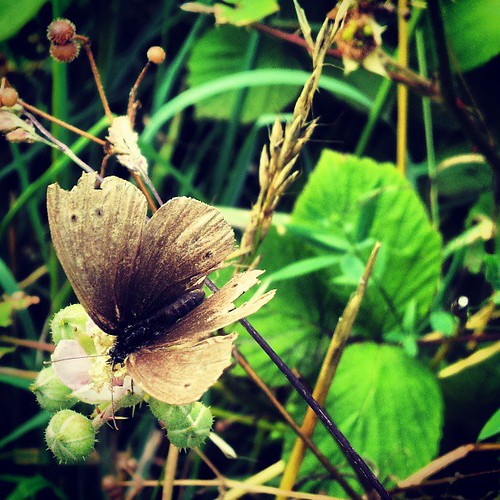
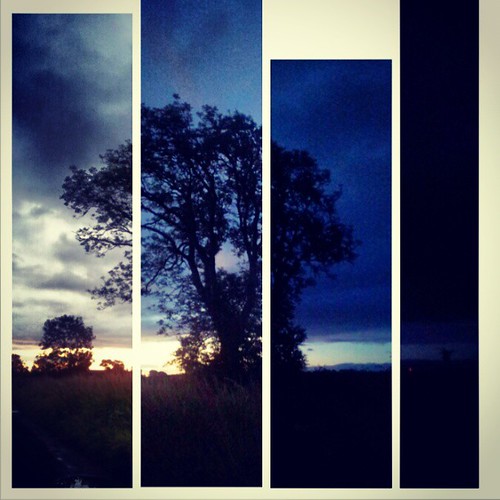
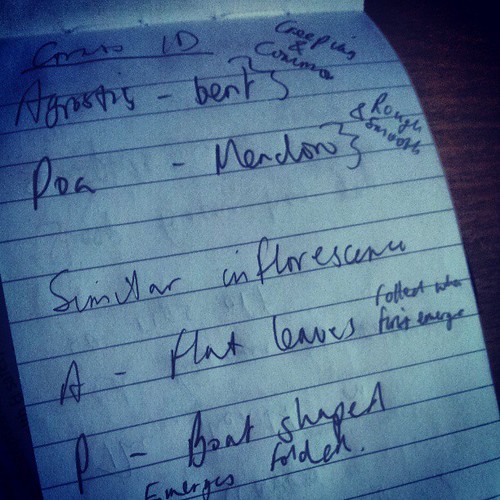
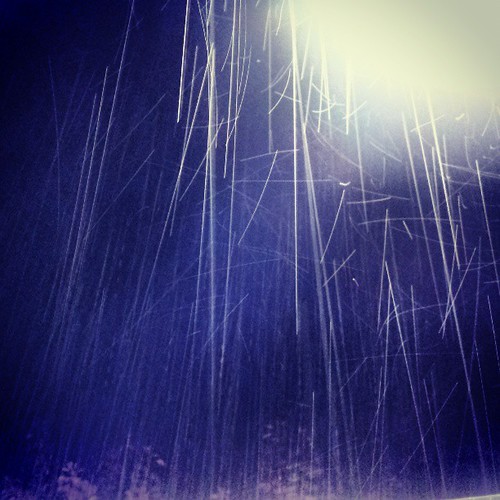
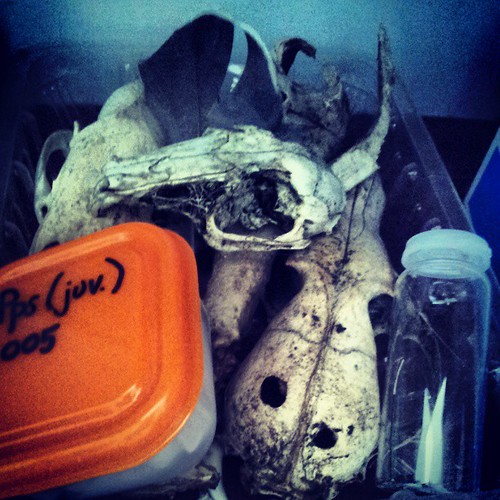
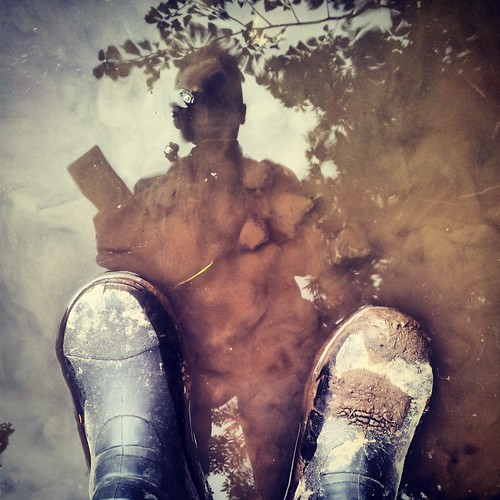
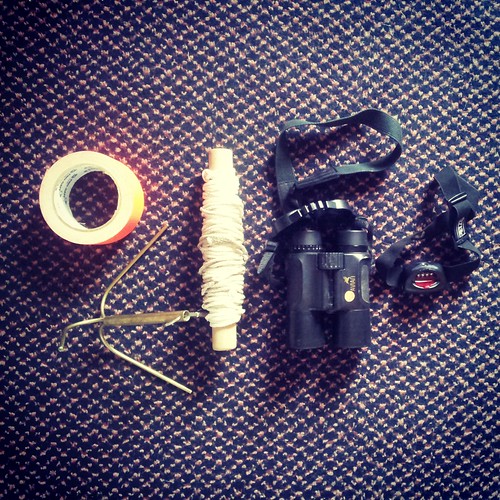
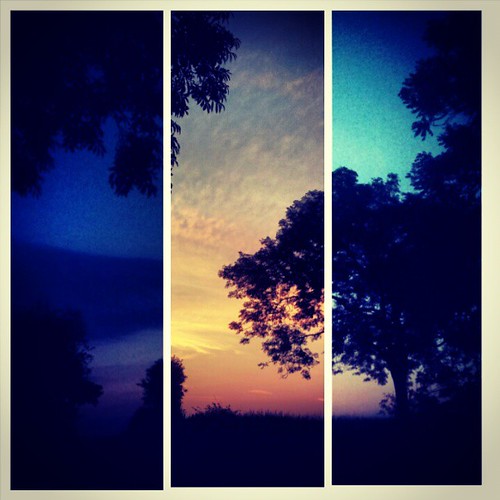
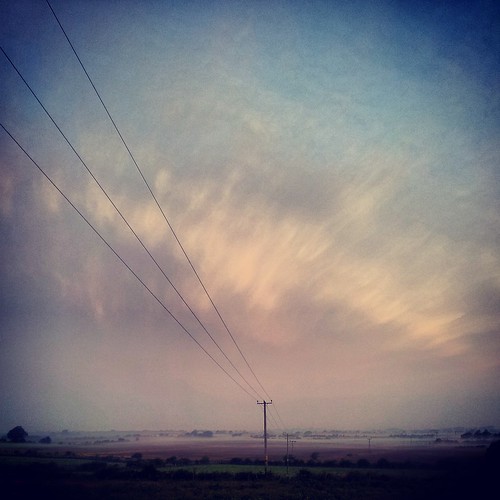



![2013-09-03 15.33.13[1]](https://farm6.staticflickr.com/5492/9772161692_ae22f72b88.jpg)

